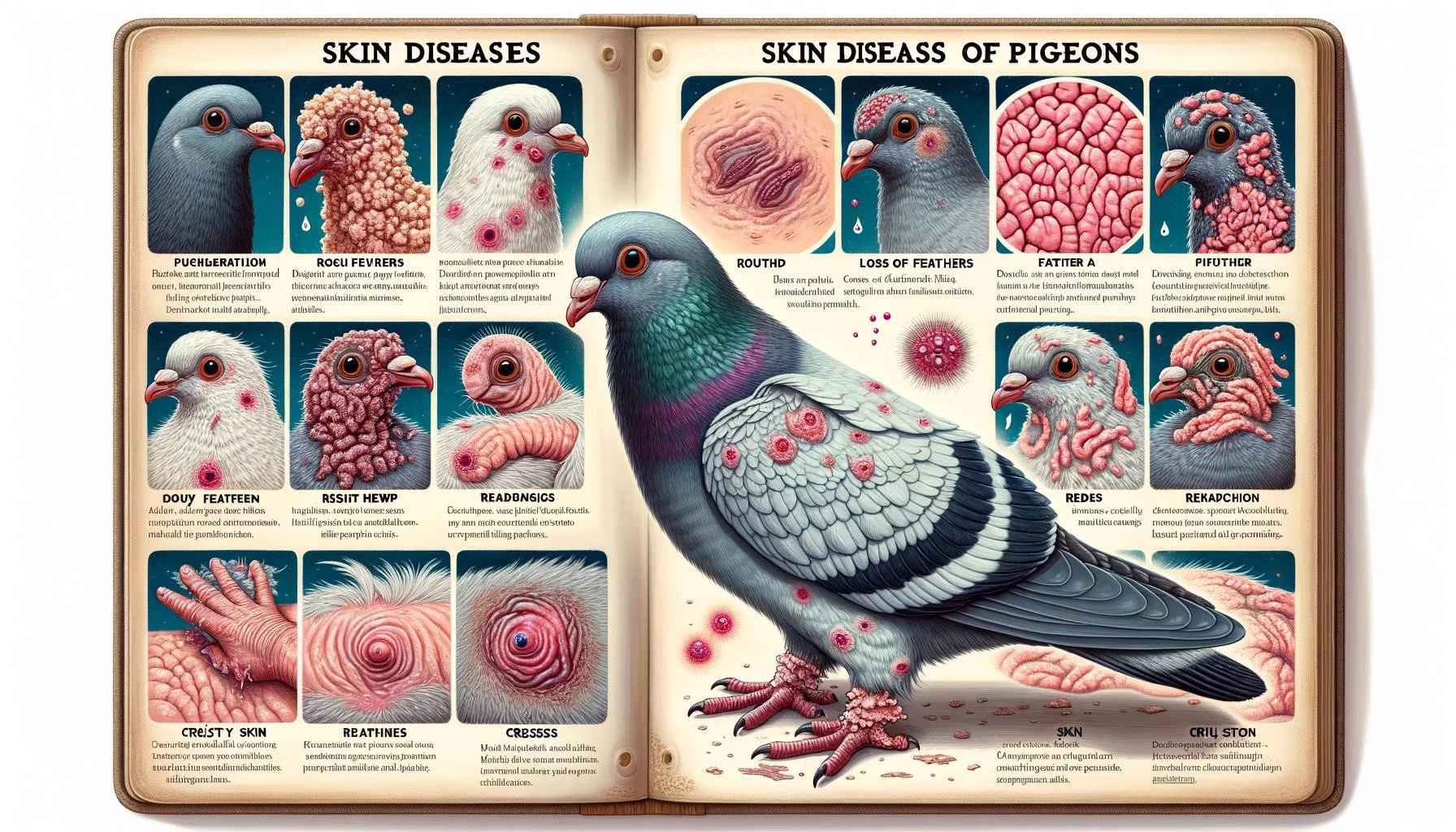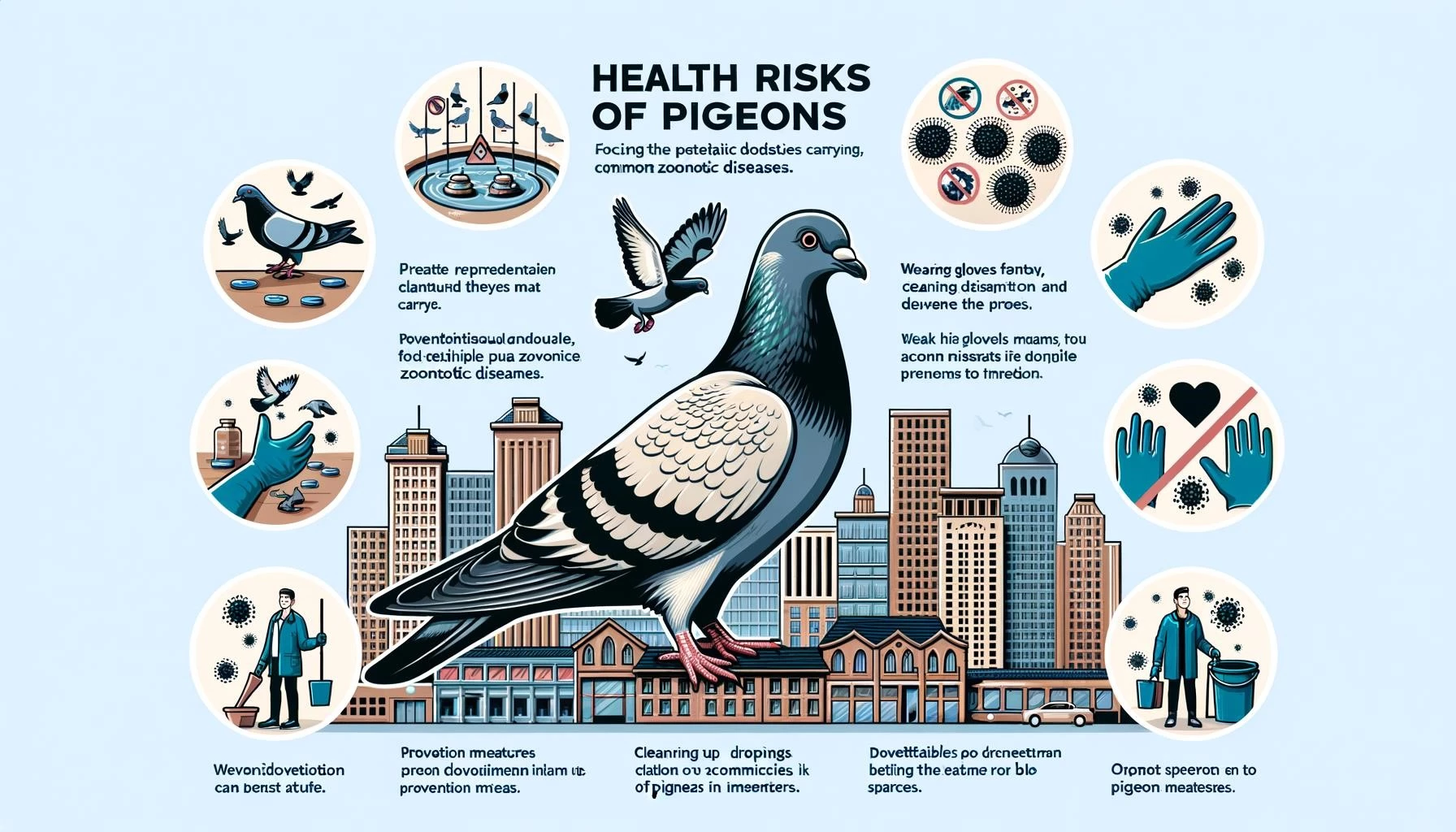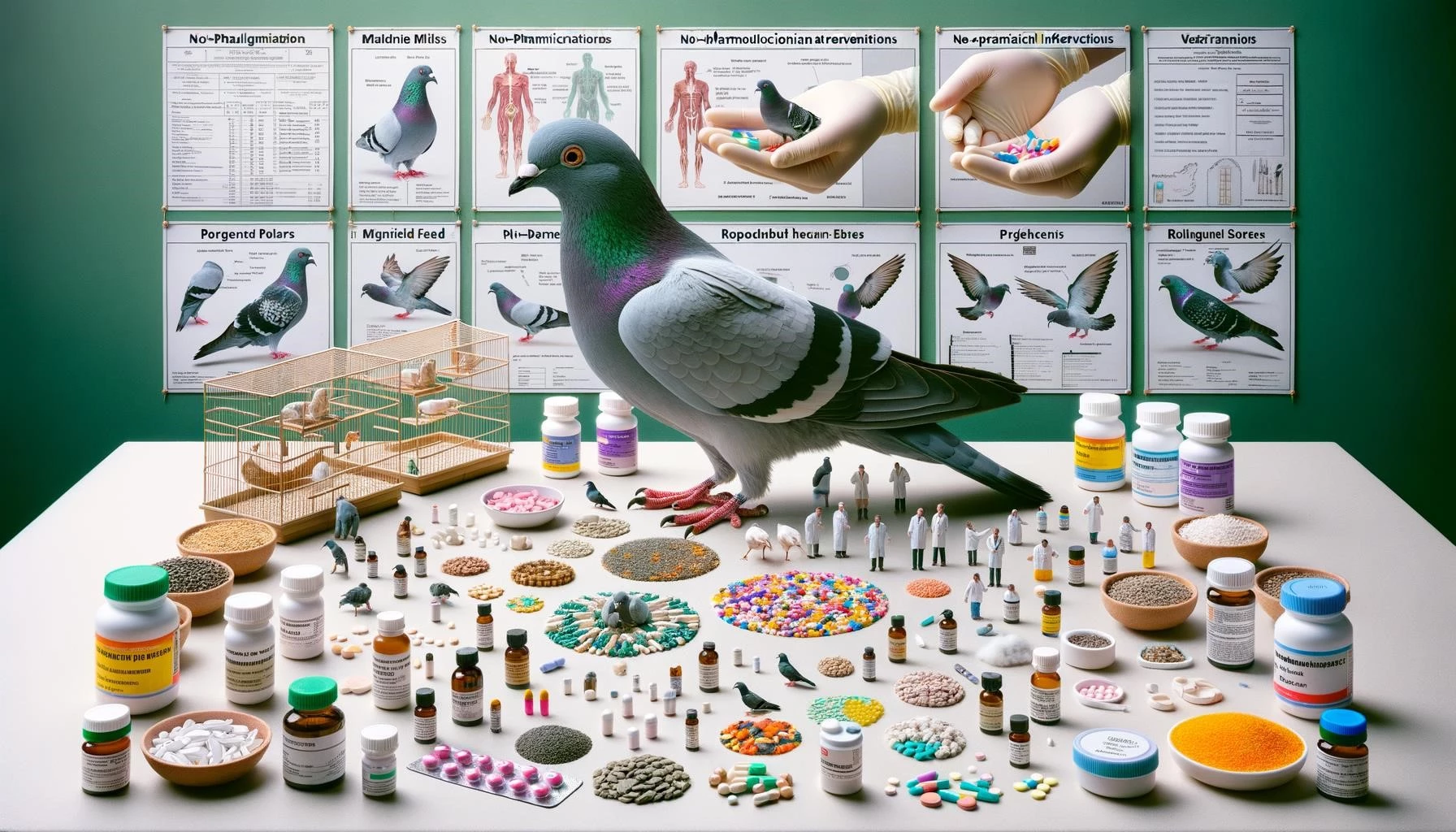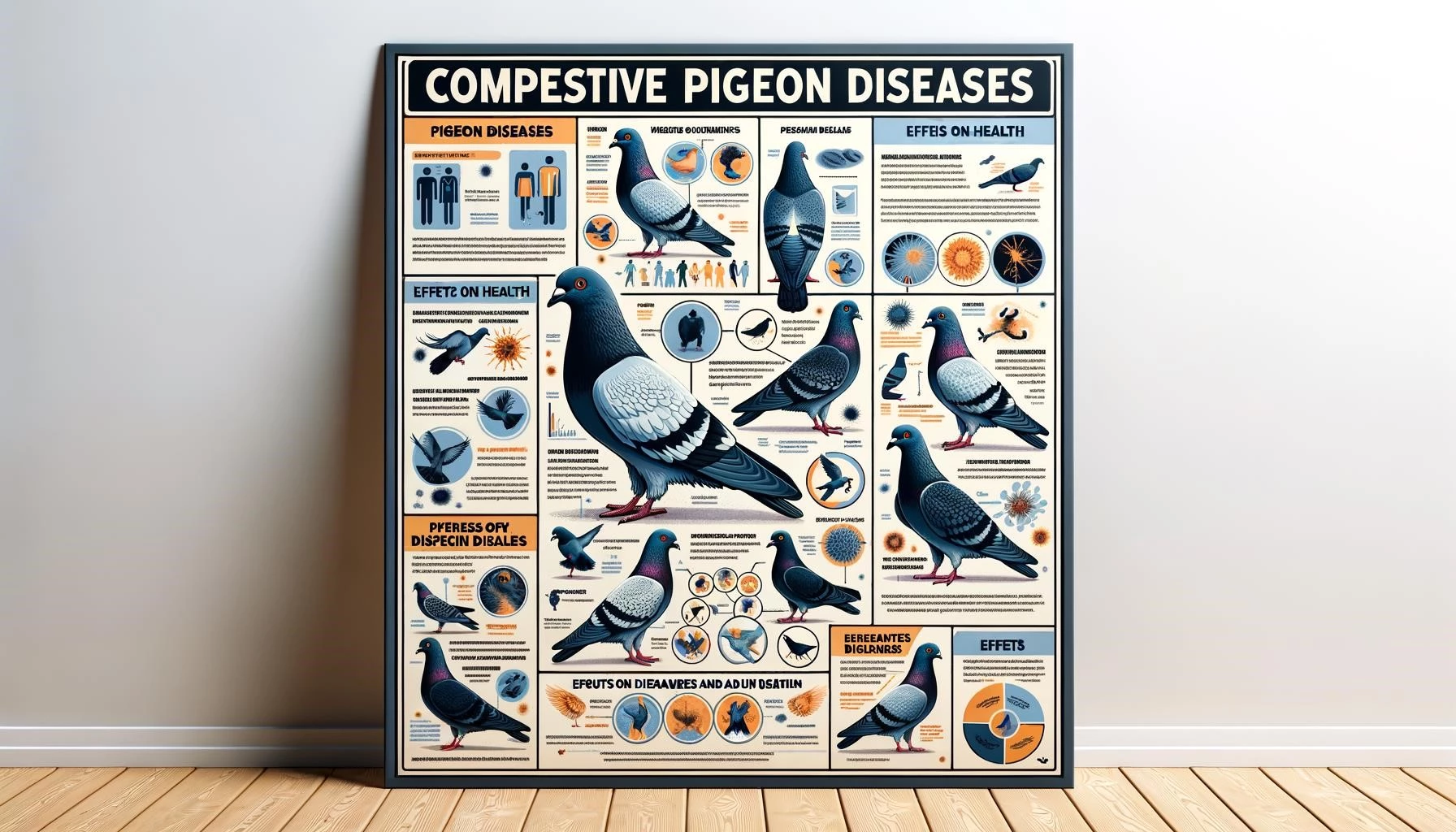Pigeons, like any other animals, can suffer from various skin diseases. These skin diseases can range from mild to severe and can cause discomfort and health issues for the birds. In this article, we will explore some of the most common skin diseases that affect pigeons.
Key Takeaways
- Pigeons can suffer from various skin diseases, including pigeon pox, candidiasis, feather mites, scaly leg mites, and bacterial infections.
- Pigeon pox is a viral disease characterized by pox scabs on featherless parts of the body.
- Candidiasis is a fungal infection that affects the skin, feathers, and mucous membranes.
- Feather mites are tiny arthropods that infest pigeon feathers and cause itchiness and feather loss.
- Scaly leg mites burrow under the scales of the legs and feet, causing swelling and discomfort.
- Bacterial infections can cause redness, swelling, lesions, and ulcers on the skin of pigeons.
- Preventive measures include regular cleaning and disinfection of the pigeon’s environment.
- If you suspect your pigeon has a skin disease, consult a veterinarian for a proper diagnosis and treatment plan.
1. Pigeon Pox
Pigeon pox is a viral disease that affects only pigeons. It is characterized by the formation of pox scabs, which typically appear on the featherless parts of the bird’s body, such as the beak, feet, and eyes. The scabs can vary in size and shape and can cause discomfort and irritation for the pigeons. There is no specific treatment for pigeon pox, but the virus usually clears up within a few weeks on its own.
2. Candidiasis
Candidiasis is a fungal infection that can affect the skin, feathers, and mucous membranes of pigeons. It is caused by the Candida albicans fungus and can be transmitted through contaminated water. Symptoms of candidiasis in pigeons include blistered skin, irritation around the creases of the knees, elbows, and armpits, and oozing and inflammation of the infected skin. In severe cases, candidiasis can spread to the mucus membranes and pose a higher risk to pigeons with weakened immune systems.
3. Feather Mites
Feather mites are tiny arthropods that can infest the feathers of pigeons. These mites feed on the keratin in the feathers and can cause itchiness, feather loss, and skin irritation. Infected pigeons may scratch excessively and have damaged or broken feathers. Feather mite infestations can be treated with appropriate medications and regular cleaning of the bird’s environment.
4. Scaly Leg Mites
Scaly leg mites are parasitic mites that burrow under the scales of the bird’s legs and feet. Infected pigeons may exhibit symptoms such as swollen, scaly, and crusty legs and feet. If left untreated, scaly leg mites can cause deformities and severe discomfort for the birds. Treatment usually involves cleaning the affected areas and applying suitable medications to eliminate the mites.
5. Bacterial Infections
Bacterial infections can affect the skin of pigeons and cause various symptoms such as redness, swelling, lesions, and ulcers. These infections are typically caused by bacteria such as Salmonella and Escherichia coli (E.coli). Bacterial infections can be treated with appropriate antibiotics prescribed by a veterinarian.
Prevention and Treatment
To prevent and manage skin diseases in pigeons, it is essential to maintain good hygiene in their environment. Regular cleaning and disinfection of the coop or enclosure can help reduce the risk of infections. Proper nutrition and a healthy diet can also contribute to stronger immune systems in pigeons, making them less susceptible to skin diseases.
If you suspect that your pigeon has a skin disease, it is recommended to consult a veterinarian who can provide an accurate diagnosis and appropriate treatment options.








